The Three “D’s” of Real-Life Dog Training: Duration, Distraction, and Distance
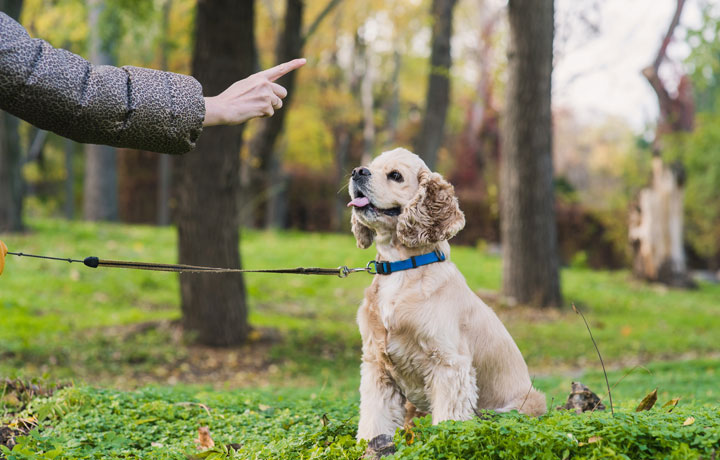
You’ve spent time and money on a dog manners class and your dog behaves just fine in class. But let the doorbell ring at home and the dog goes berserk. Does this sound familiar? There are three things to teach your dog so those class skills will translate to real life skills.
You’ve put in the hard work of teaching your dog basic good manners. Now, it’s time to attach “real life” aspects to those behaviors. Real life brings three variables to dog training: distractions (the doorbell is ringing), duration (staying in position for 30 seconds), and distance (walking six feet away) to that behavior. Otherwise, the sit (or down, or look at you) will fall apart in the real world. But it is in the real world where most people really want these exercises to work.
It’s crucial to understand one simple point: introduce each one of these skills separately to your dog. That means working on just distractions until that’s mastered. Then forget working on distractions and work only on duration. Once duration is mastered, then drop duration and work only on distance. When the dog has mastered each of those skills individually, then begin putting just two of the skills together: For example, five seconds of duration with two feet of distance.
Duration
Duration is the typical “stay” behavior. The dog sits, or goes down, or looks at you, for a period of time. This is how duration is taught:
- Ask your dog to do the behavior (sit, for this example). Count silently for two seconds. If your dog is still sitting, click and treat. If your dog could not remain seated for two seconds, ask him to sit again, then count silently for one second. Click and treat if he sat for one second.
- Continue to add a second or two to the time, occasionally varying the amount of time to a very easy one to two seconds. Click and treat every time the dog sits for the duration you were looking to achieve.
- When your dog reaches about seven seconds of duration, he may become confused and stand up. Remember, your dog understands that the click means he’s correct. When you ask him to sit and then don’t click him, he will wonder why he isn’t getting the click. He may stand up or re-sit just to be sure you saw him the first time. If this happens, the next time you ask the dog to sit, give him or her calm encouragement, such as “goooooood dog,” once or twice to get him to the click a little easier.
- When your dog is good at about 10 seconds, you can start to add the word “stay” immediately after you say “sit” if you’d like.
The goal is to get the dog to stay in the same position for at least 20 seconds.
Distractions
Distractions are everyday occurrences that may get in the way of your dog’s ability to do what you ask. Your dog may be great at sitting when the house is quiet, but can’t seem to listen very well when the kids are coming in from school, or when the doorbell’s ringing. No worries — the solution is working distractions into the training.
It is important to note that when working on distractions, that distractions are solely the focus (not duration or distance). Here is how to work on distractions:
- Make a list of all the distractions you need your dog to work through in real life. Then prioritize that list from easiest to most difficult. Start working at the easiest level (a few examples are below), before moving to more difficult distractions.
- Wave your hand in the air and ask your dog to do the behavior (sit, for this example). Click and treat the instant your dog does the behavior.
- Tap your toe or swing your foot and ask your dog to do the behavior. Click and treat the instant your dog does the behavior.
- Gradually increase the distractions, making sure the dog can be successful at each level before moving on, clicking and treating every success.
If your dog can’t do the behavior, lower the distraction. It’s important that you ask for the behavior just once. Don’t fall into the bad habit of repeating the word–simply reduce the distraction to a level where the dog can get it right.
The goal is to get your dog to stay in the same position while the doorbell rings and you open the door.
Distance
Distance is the skill that will allow you to walk away from your dog while he’s doing what you’ve asked, and not move until you return to him. It’s the last skill we work because this skill requires that your dog already be good at duration and distractions. Think about it: If you’re going to walk away from your dog, your movement is distracting and it’ll take a little bit of time for you to leave and come back. If your dog hasn’t had any experience with duration and distractions, you’re asking for the impossible when asking for distance. Remember: when working on distance, you’re not working on duration or distractions. Here’s how distance is taught:
- Ask your dog to do the behavior (sit, for this example). Say “stay” (or whatever word you’d like–just be consistent and use the same word every time). Move one foot forward, then back. Click and treat when you return if your dog has stayed in the same position. If your dog hasn’t stayed in the same position, simply ask him to stay again and go just half the distance. You want the dog to be successful, so be sure to make this exercise very easy and gradually increase the distance.
- Ask your dog to do the behavior, say “stay,” then move one foot backward, then back to original position. Click and treat when you return if your dog has stayed in the same position.
- Ask your dog to do the behavior, say “stay,” then move one foot to the right, then back to original position. Click and treat when you return if your dog has stayed in the same position.
- Ask your dog to do the behavior, say “stay,” then move one foot to the left, then back to original position. Click and treat when you return if your dog has stayed in the same position.
That’s one round: Step to the front, left, back, and right. Now repeat steps one through four, but move two steps instead of just one. Click and treat when you return if your dog has stayed in the same position.
The goal is to get your dog to stay in the same position while you walk six feet away and return. Don’t click and treat the dog until you return to him.
It doesn’t take long to teach your dog each of these skills. And by teaching them individually, you’ll be certain that your dog can listen just as good in real life as he does when he’s in class.
For a short how-to video, visit Smart Dog University’s YouTube channel at www.youtube.com/user/smartdoguniversity

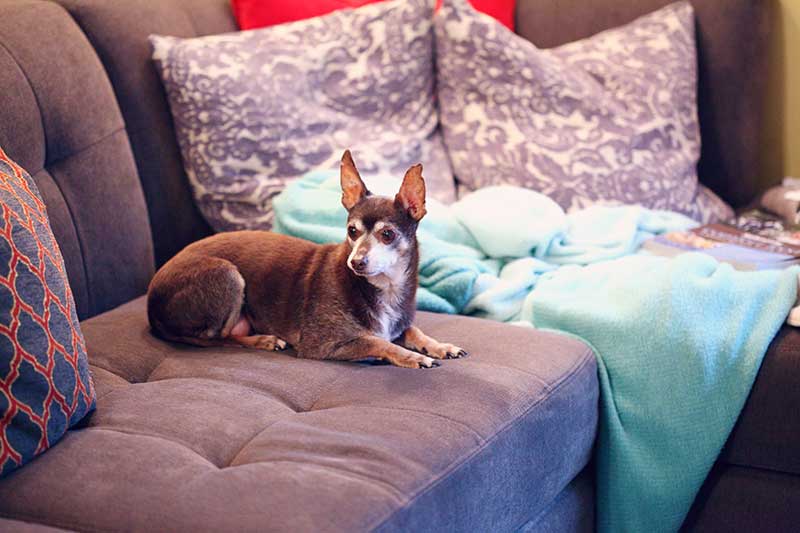


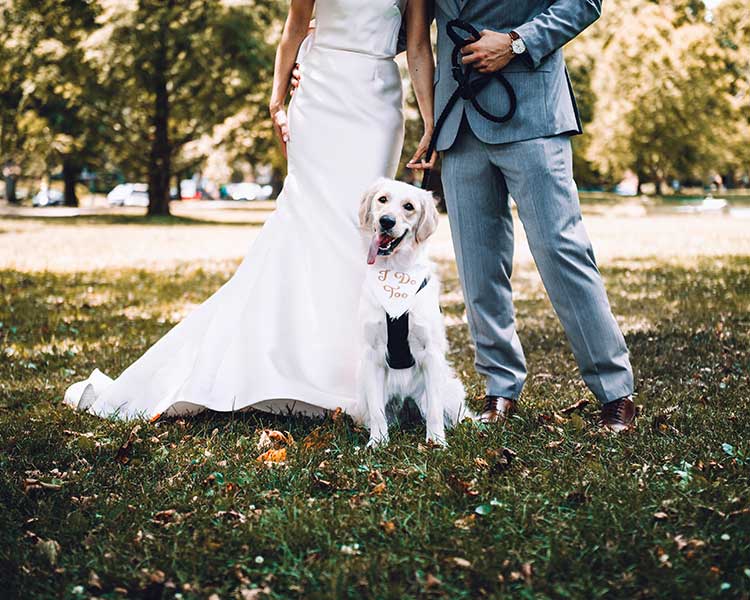
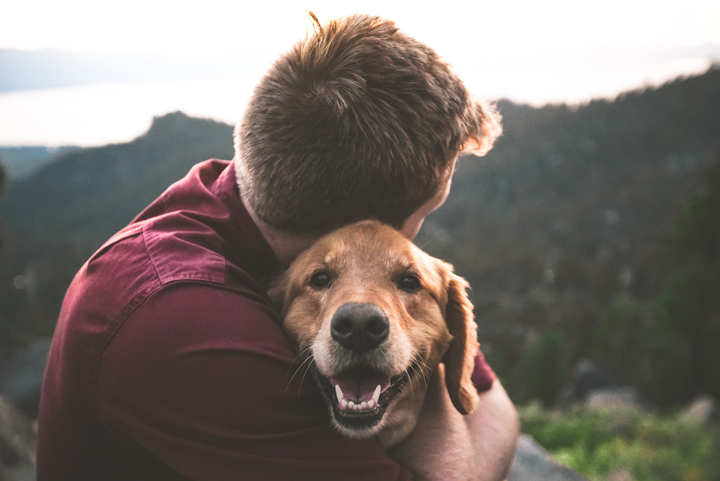
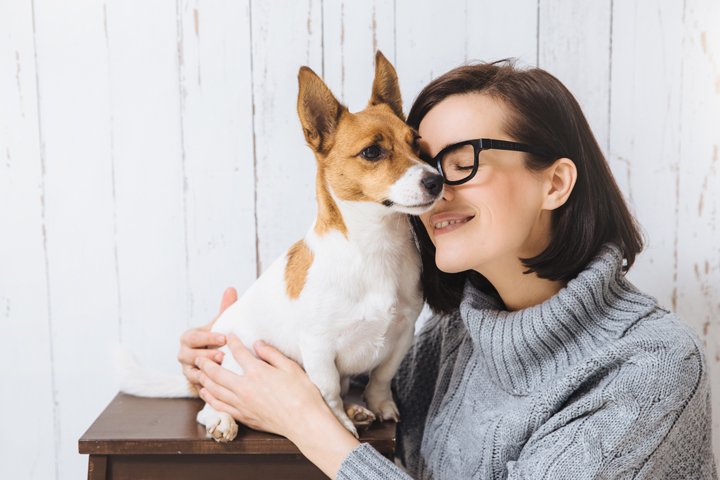


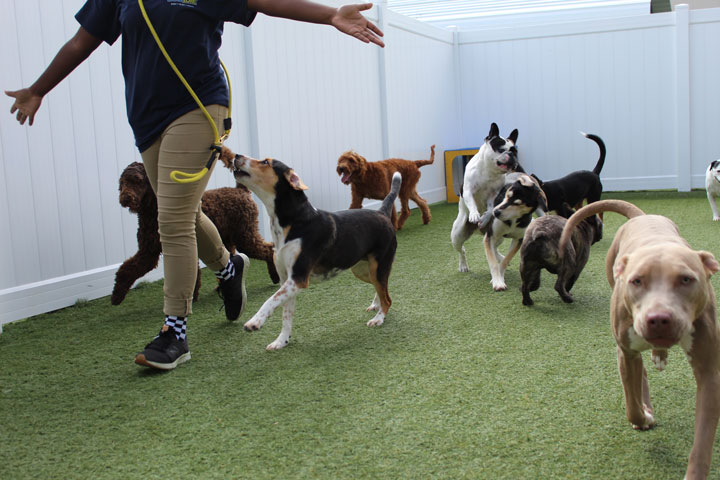
Leave a Reply